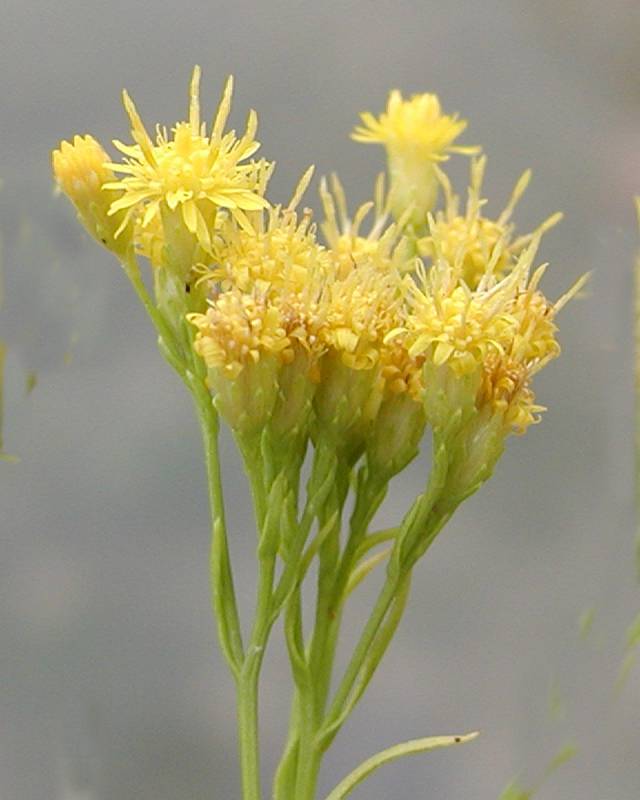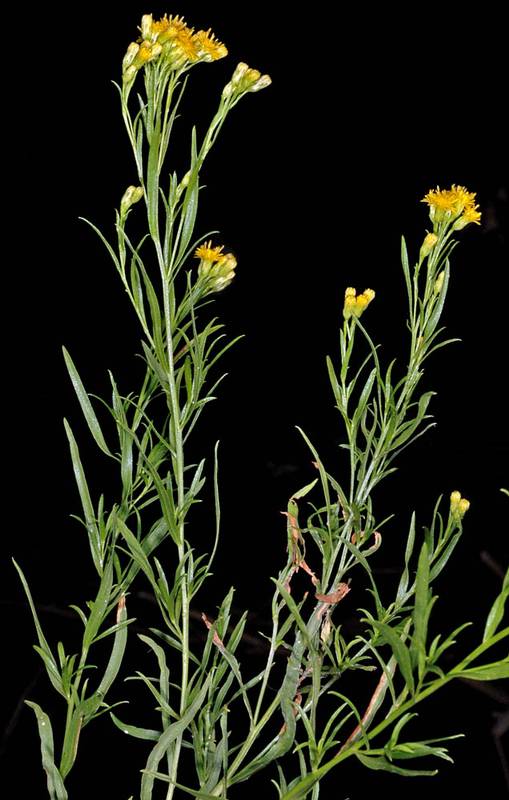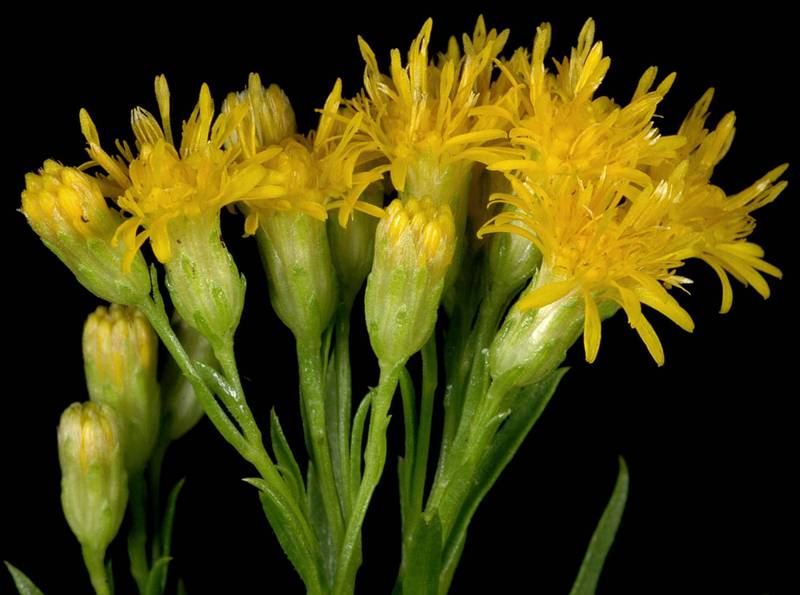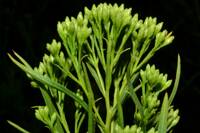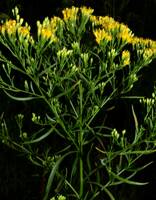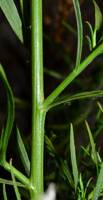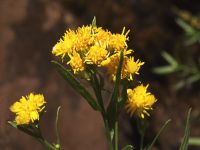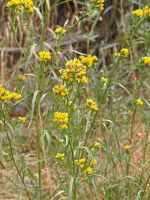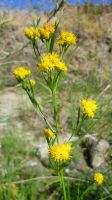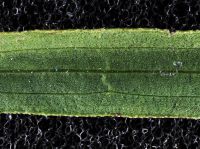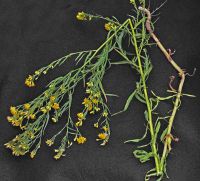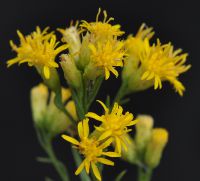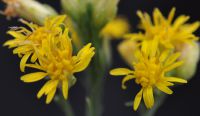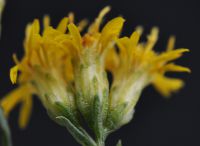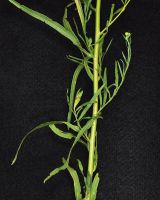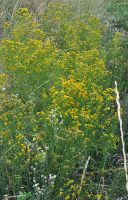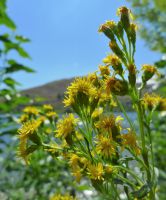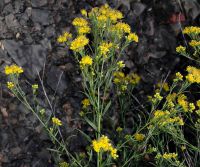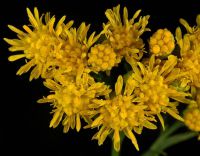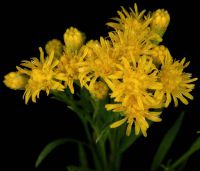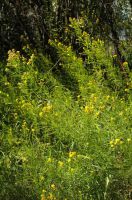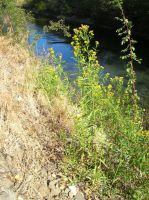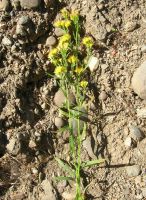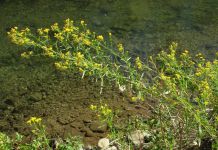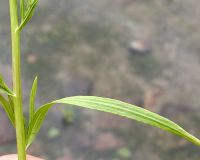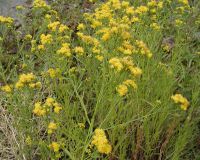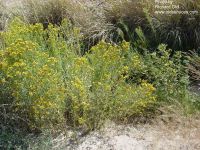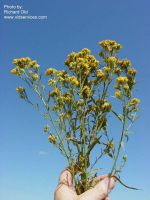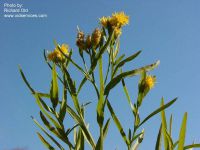Distribution: Occurring chiefly east of the Cascades crest in Washington; British Columbia to California, east to the Rocky Mountains and Great Plains of the U.S.
Habitat: Stream and river banks, lake and pond margins, wetlands, and other moist areas at low to middle elevations.
Flowers: July-October
Origin: Native
Growth Duration: Perennial
Conservation Status: Not of concern
Pollination: Bees, flies, beetles, wasps
Stout perennial from creeping rhizomes, 5-20 dm. tall, glabrous throughout.
Leaves numerous, sessile, lance-linear, tri-nerved, up to 10 cm. long and 1 cm. wide, the lower early-deciduous.
Inflorescence ample, leafy-bracteate, usually interrupted and elongate, the heads in small, tight clusters; involucre about 4 mm. high, pale green or yellowish, the bracts narrow and pointed; rays 15-30, 1.5-2.5 mm. long, yellow, more numerous than the yellow disk flowers; pappus of numerous capillary bristles, equal and white.
Publication: Trans. Amer. Philos. Soc., n. s. 7: 326. 1840.
Euthamia linearifolia Gand.
Solidago occidentalis (Nutt.) Torr. & A. Gray [HC]
PNW Herbaria: Specimen records of Euthamia occidentalis in the Consortium of Pacific Northwest Herbaria database
WA Flora Checklist: Euthamia occidentalis checklist entry
OregonFlora: Euthamia occidentalis information
E-Flora BC: Euthamia occidentalis atlas page
CalPhotos: Euthamia occidentalis photos

